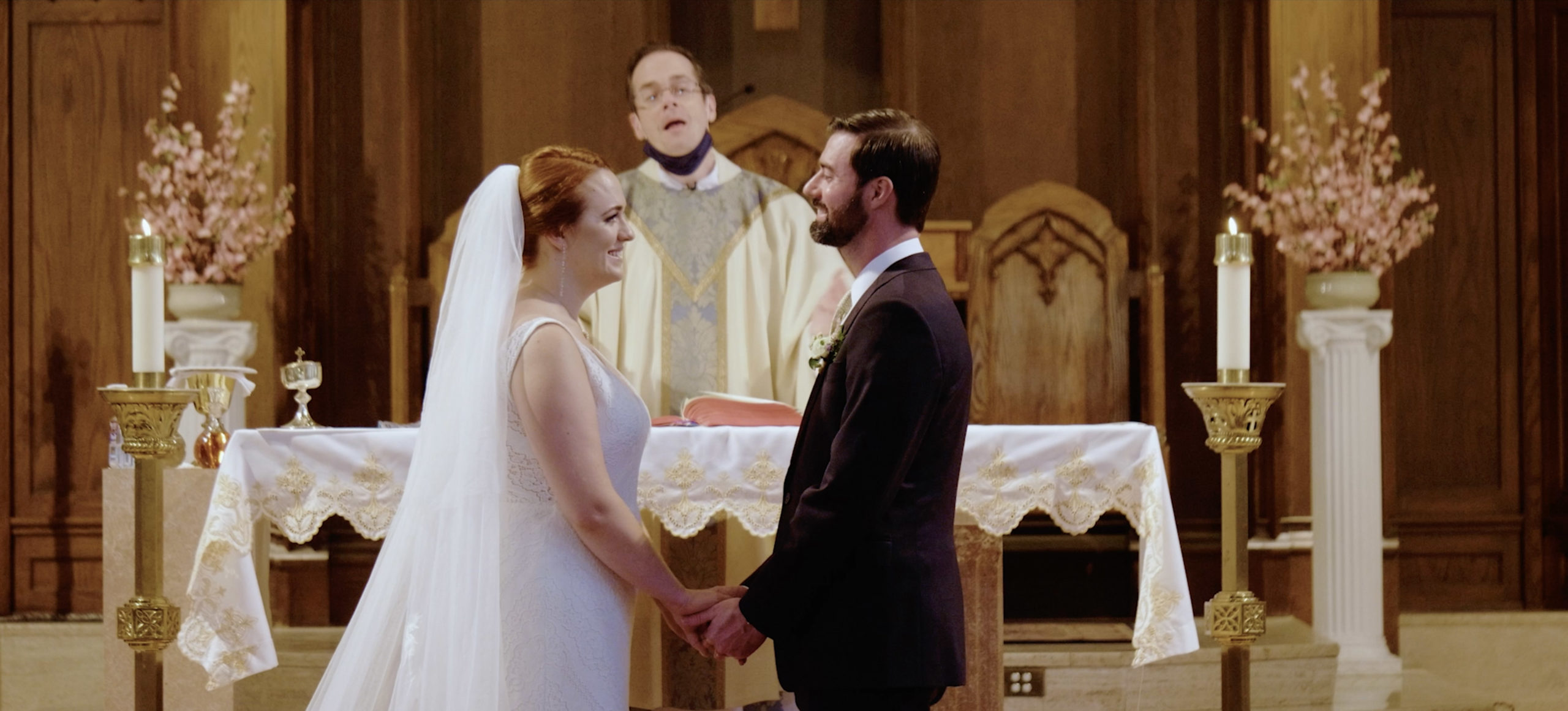August 25, 2020
Once it became very clear that COVID-19 was going to affect weddings for the foreseeable future, the first thing I did was was I went out and got equipment to live stream wedding ceremonies. At the time, since we didn’t know how long things would be different (and honestly…I am still wondering), I thought a lot of couples could want this as a way to include their full guest list if the number of people allowed in person would be different. So in this episode, I walk you through some of the main considerations of live streaming a wedding ceremony. What sort of equipment do you need? How will anyone hear and see people? And where will people view it? I also break down my approach as well as give you tips on how to do it yourself! Watch new episodes of “Say Yes to the Best” every Tuesday here on YouTube! Connect with the show: E-mail: john@pgpweddings.com Website: https://pgpweddings.com/ Facebook: facebook.com/pgpweddings Instagram: instagram.com/pgpweddings
Things to think about with live streaming:
- What camera? Using a camera other than your phone definitely causes some challenges when trying to live stream. The first is you have to be able to have the right hardware that can plug into your camera. We’ve invested in a Sling Studio, which gives us the option to switch cameras (more on that later) and audio options. But if you only have one DSLR or mirrorless camera at your disposal, a video capture card (the most popular being an Elgato CamLink) will let you use your camera as a “webcam” so that you can stream to Zoom, YouTube, Facebook, and more with the ability to zoom in.
- Audio – Audio is the most important thing that’s going to separate you having a friend use their phone versus something that is going to be enjoyable for your friends and family at home. Whether you are utilizing your phone or a professional camera with the setup above, you can plug a microphone in to get some clearer audio. I recommend the Rode Wireless GO, as it will be able to work with any camera with a microphone port. If you only have one microphone, I’d definitely try to put it on the officiant, as they typically do the majority of the talking, and usually are in close proximity to the couple as they are giving their vows. When we’ve done this, I still put more microphones on people for our edited films, but having one microphone to capture as much as possible will really help.
- How will it be presented to your audience? So, I’m not going to get into what platform will work the best – I think that’s personal preference and at this point I’ve personally utilized YouTube only. But what I want to talk about is how you are going to present the wedding day to your audience. Going through and putting a professional camera and thinking about audio, you don’t want your camera to just sit in the back of the church and you’re little dots on the screen, because at that point, what’s the point of not just using your phone? If you are able to use a dedicated camera, I would potentially find someone who can either move the camera closer after the procession in, or can zoom the camera lens in closer to the action if you have that option. For us, that’s one of the reasons we go with a Sling Studio, as it allows us to utilize more than one camera, and all the different audio sources running into those cameras. That way, we can switch to different shots depending on what is going on during each part of the ceremony!
